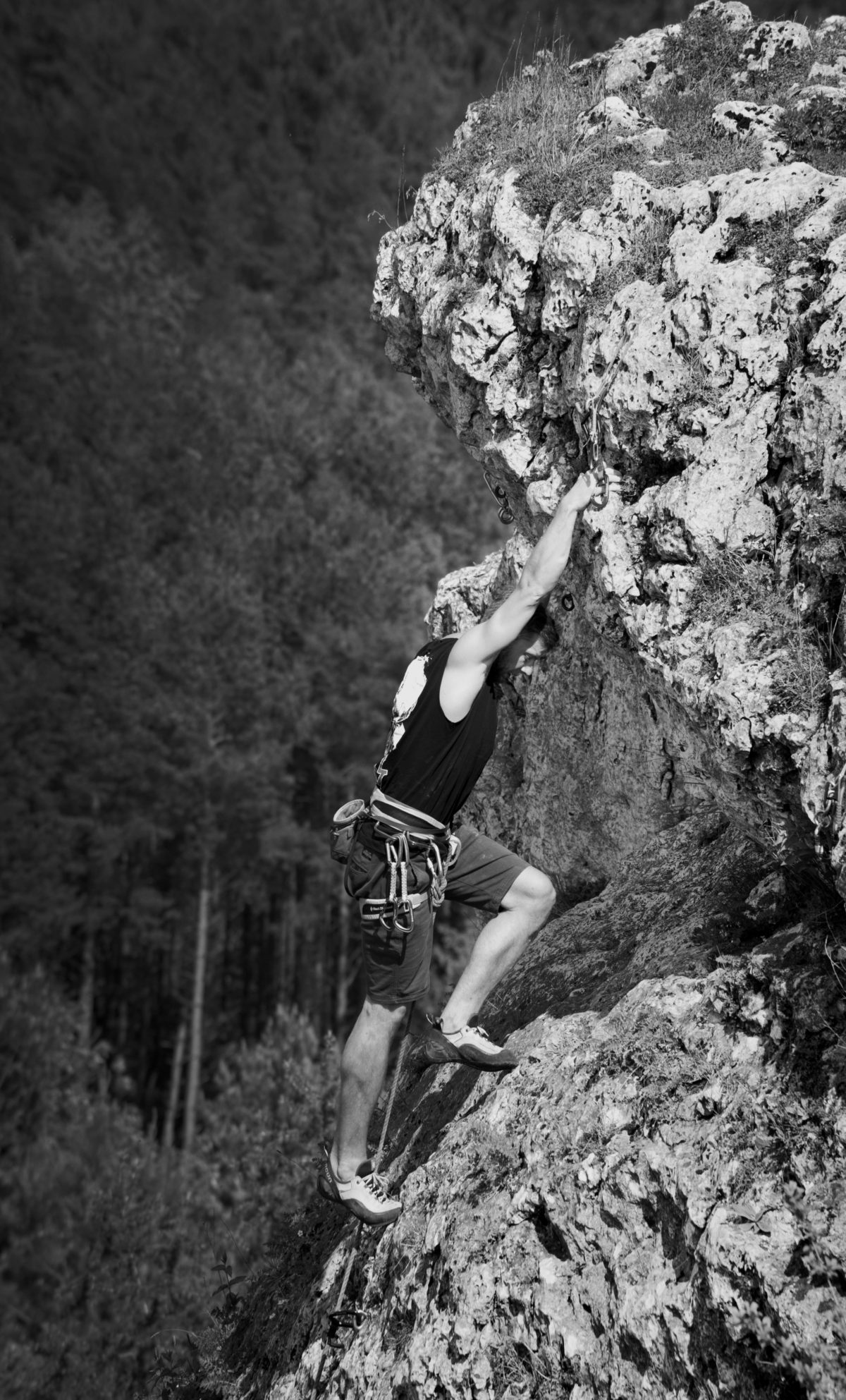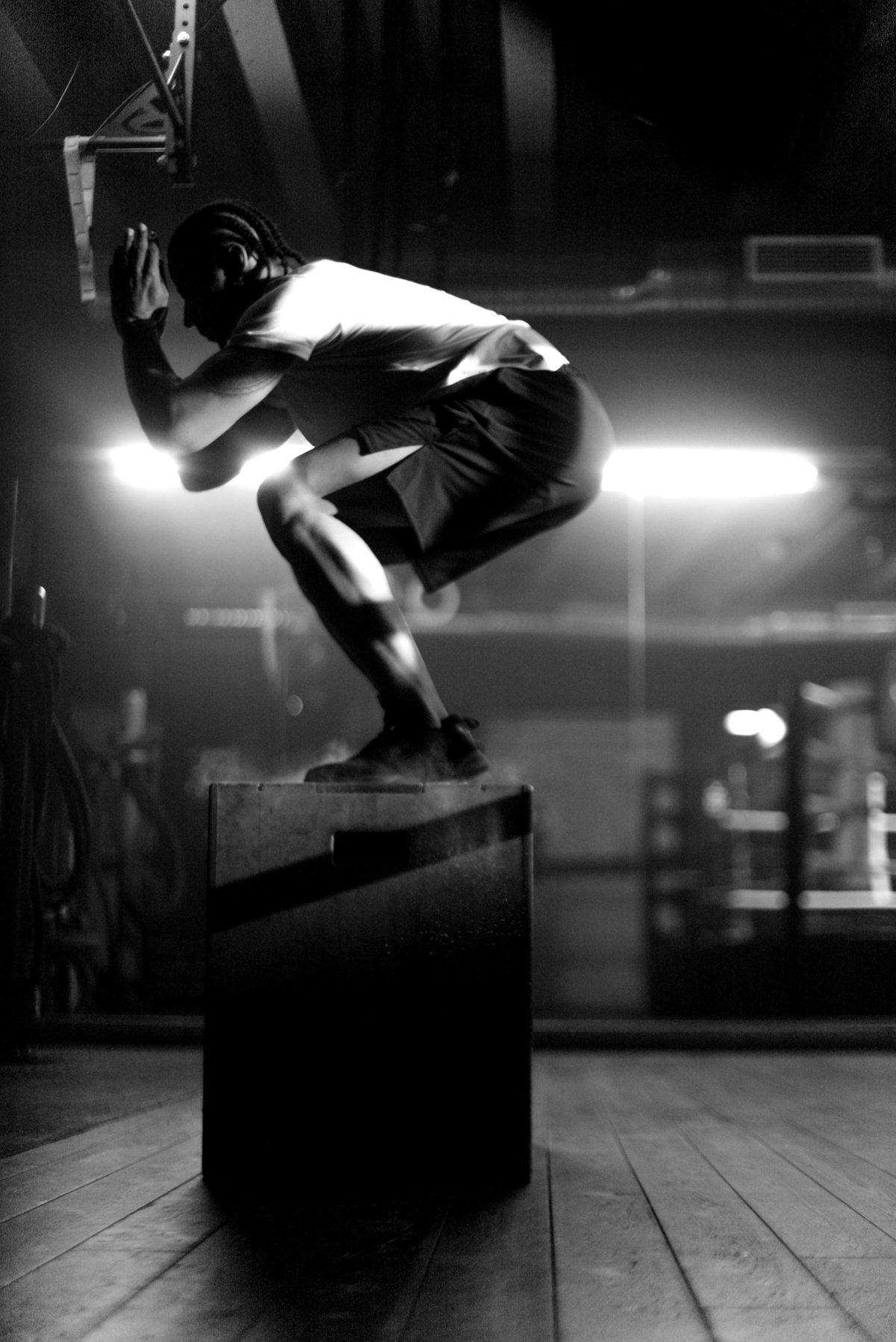Ever been mid-WOD and all of a sudden it seems like you can’t remember if you are on round 3 or 4? Or you decide to record your back squat weight after the metcon and now you can’t remember what that number was? If math is hard, math during CrossFit is truly awful. But, like everything in CrossFit, we can find out and how to improve.
Memory loss
You are 12 reps in on Grace. Then, all of a sudden, you can’t remember if you are on rep 13 or 18…what happened?!
When our bodies are placed under high levels of stress the brain turns off the areas responsible for creativity, contemplation, planning, and critical thinking. It does this because years and years of evolution gave us the ability to form thoughts, create, and think, but it has yet to get rid of the ‘lizard brain’.
Lizard brain
The deepest, most basic part of our brain stem is often referred to as our lizard brain or reptilian brain. It is responsible for the most primitive stimulus: thirst, hunger, limb movement, habits and fight or flight. As we become more and more stressed, our brain reverts to this deep lizard brain and it shuts off the functions of the other parts.
Your mind is basically saying, “we are under attack and your safety is in danger! You either need to stand, fight and kill the danger, or you need to run and get away from the danger!”
Now, hopefully during a WOD your safety is not truly in danger, but your brain doesn’t really know that. All it recognizes is the stress it has been placed under. It doesn’t need to know if you are on rep 13 or 18 to survive, so the mind throws that little useless piece of information away. It will stay like this until the stress has been relieved and our breathing/heart rate has lowered to a normal level.
Lizard brain to lizard king: tips for math during CrossFit
You may never sing like Morrison but you can train your brain to think more critically during stressful situations. How do we do this?
Widen your view
Count how many people are in class, or look around and pick out everything that is a certain color. Widening your view forces your brain to power on, think through the stress, and pick up important details.
Concentrate on your breathing
Focus on how you are breathing. Is it short and fast? Or deep and controlled? Start breathing better and get oxygen to your brain so it can expand and get back to thinking beyond basic survival.
Don’t focus on one thing
Allowing yourself to have self imposed blinders will give you tunnel vision. This is great for survival because it allows us to take in every detail about the danger that is coming for us. But, it’s not so great for math during CrossFit. So, we want to break that. Keep your vision broad and don’t let it get too locked on one thing.
Give it time
You will find that sometimes you do these things really well and other times you don’t. It is like getting better at double-unders. Practice and time is the only way to get better at math during CrossFit. So don’t be too hard on yourself and just continue to practice.
Okay but how about fixing my math during CrossFit TODAY?
Well you probably won’t ‘fix’ it today, but we do have some tricks of the trade to help remember how to keep track of reps/rounds/weights/etc.
Write it down
At Buffalo Nickel CrossFit we use small personal white boards with expo markers. During metcons we make tallies for every rep/round or mark off the numbers and movements we have completed. There are some shorthand tips for keeping a workout log, if that’s something you want to try.
You can also write down your time when you are done, then roll around on the floor sucking wind for the next 5 minutes. Once you’ve finished your immediate recovery and come back to the world, you have your time already recorded!
Switchin sides
I remember being new to CrossFit and I saw an athlete completing Grace. She would do a C&J drop the bar, step over it, turn around and then hit her next rep. Not only was it giving her a moment to breath and keep a working pace, but it also allowed her to narrow down the rep she was on in case she forgot.
If she was facing one way she was on even reps, if she was facing the opposite way she was on odd reps. This can be helpful for movements like box jumps, pull ups, deadlifts, and more.
Checkpoints
Karen is a single movement high rep metcon, 150 wallballs for time. It can become very easy to forget where you are. Deciding beforehand that you will break every 20, 30, or 50 reps allows you to have a checkpoint.
You might forget if you are on rep 60 or 80 but if you can think back through your big numbers it makes it a little easier to get caught back up.
Try some of these tips for math during CrossFit during your next WOD and let us know what you think!



